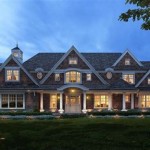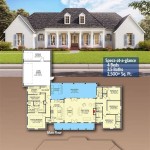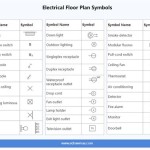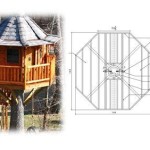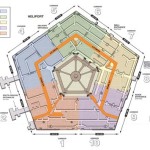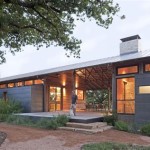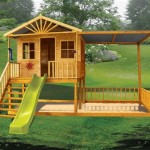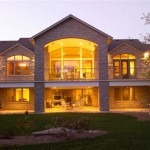Energy Efficient Green Home Plans: Building a Sustainable Future
In today's world, growing awareness of environmental concerns and rising energy costs have spurred a shift toward sustainable living. Green building practices are becoming increasingly popular, and energy-efficient home plans are at the forefront of this movement. These plans incorporate various strategies to minimize energy consumption, reduce environmental impact, and create healthy and comfortable living spaces.
Designing a green home involves a holistic approach that considers the entire lifecycle of the building, from material sourcing and construction to operation and eventual demolition. Energy efficiency is a key pillar, focusing on reducing energy consumption through smart design choices and incorporating renewable energy sources.
Passive Solar Design: Harnessing the Power of the Sun
Passive solar design is a fundamental principle in energy-efficient home planning. It involves strategically positioning windows, walls, and roof overhangs to maximize solar heat gain in winter and minimize heat gain in summer. By harnessing the sun's energy, passive solar homes can significantly reduce their reliance on traditional heating and cooling systems.
This approach utilizes natural sunlight for heating and lighting, reducing reliance on artificial sources. South-facing windows maximize solar exposure during winter, while overhangs protect against excessive summer heat. This strategy, combined with proper insulation and ventilation, can significantly reduce energy use and lower utility bills.
Sustainable Building Materials: Choosing Eco-Friendly Options
The materials used in construction play a crucial role in the environmental impact of a building. Green home plans emphasize the use of sustainable and eco-friendly materials, minimizing the environmental footprint and promoting healthier living spaces.
Examples of sustainable materials include recycled content products, bamboo, and locally sourced lumber. These materials often have a lower embodied energy, meaning they require less energy to produce and transport. Additionally, they can contribute to better indoor air quality by emitting fewer volatile organic compounds (VOCs).
Energy-Efficient Appliances and Systems: Optimizing Performance
Modern appliances and systems are becoming increasingly energy-efficient, and green home plans incorporate these advancements to minimize energy consumption. Energy-efficient appliances, such as refrigerators, dishwashers, and washing machines, use less energy to operate, leading to lower utility bills.
Furthermore, incorporating solar panels, geothermal heat pumps, and tankless water heaters can significantly reduce energy dependence on fossil fuels. These technologies offer renewable and sustainable energy sources, reducing the carbon footprint and promoting environmental sustainability.
Green home plans encompass a comprehensive approach to sustainable living, integrating energy efficiency, renewable energy sources, and environmentally responsible materials and practices. By embracing these principles, homeowners can create comfortable, energy-saving, and environmentally conscious spaces for themselves and future generations.

Green By Design The Art Of Crafting Energy Efficient Homes Kevin Szabo Jr Plumbing Services Local Plumber Tinley Park Il
This Entirely Customizable Dwelling Unit Raises The Bar In Energy Efficient Green Home Market Place Plans By Leap Adaptive

21 Green Homes Energy Efficient Home Designs Ideas House Plans Design

Green Building Designs Plans And Guidelines

Homeowners Prepare To Invest Over 16 Billion On Green Home Improvements

How To Build It Clean And Green Sa Affordable Housing

Sustainable Off Grid Home Design Diy Energy Efficient Green Passive Solar And Affordable

Green Building Elements Design Build Custom Home Builder Greenville

Green Passive Solar House Plans 3

Energy Efficient House Plans Eco Design Friendly

